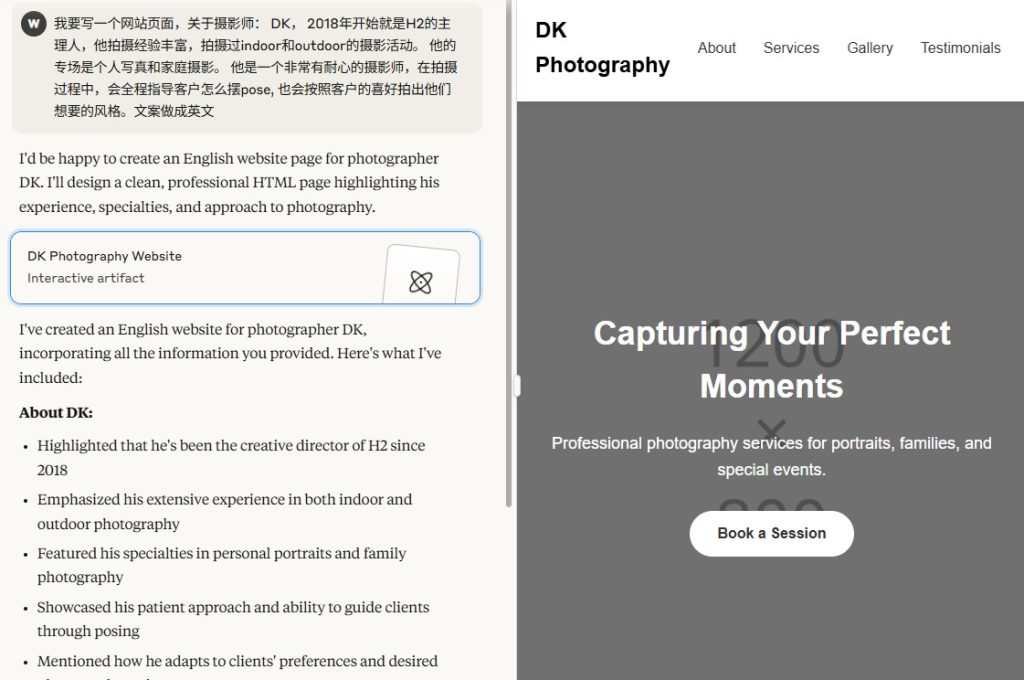Have you ever considered adopting a mobile SEO strategy for your business? If you haven’t, then you are missing out on a great deal!
Mobile has now become one of the important ways of gaining sales and generating leads. So, if you are not bringing in mobile SEO for your business along with your SEO initiative, your site could lack visibility in search results.
In this guide, we will show you how important it is to keep your site optimised for mobile search. By the end of this article, you should have learned how to generate leads and sales from this segment and take your mobile marketing strategy to the next level in order to upscale your business.
What is Mobile SEO?
Mobile SEO refers to the method of optimising your website for those users on smartphones and even tablets. This ensures flawless viewing of your website on portable devices, which are now becoming increasingly popular in use.
Since a large number of Internet users are reported to be surfing websites daily through their mobile devices, many sites are already being made mobile-friendly, and webmasters are now highly concerned with mobile SEO plans.
Mobile SEO involves the same practices as desktop SEO, but since people are more prone to using mobile devices for the purpose of searching, you should first give consideration to the mobile experience.
This includes optimising content, site design and more, all with mobile devices in mind. Even the keywords that are targeted may differ between that mobile optimisation and desktop SEO.
Why is Mobile SEO Important?
Mobile has now become the future of search, and this trend is growing really fast. Searches in Google are now performed more on mobile than on desktop. This is why businesses are now focusing on mobile searches for their websites.
If you want to optimise your site for Google, then mobile SEO will definitely come into play.
The most organic search visits come from mobile devices, and even as mobile searches rise, desktop searches continue to decrease. In-store shoppers may often use their mobile phones to research products while they are in the store. So even if your business has some traffic, by ignoring mobile SEO, you will still be missing out on a lot.
Ways to Configure Your Website for Mobile
Mobile websites generally run on different configurations. To make your site mobile-friendly, there are three configuration options:
Responsive Design
Responsive design allows the same pages to be served to both mobile and desktop users. It is one of the easiest to use and maintain. The same HTML code is sent by the server every time for the same URL regardless of the device used.
The meta name=“viewport” tag will be used in your site’s source code to allow the Internet browser to determine how to customise the content. Thereafter the display settings will switch to fit the user’s screen size.
Google recommends the use of responsive design for your website. Here’s why-
Reasons Why Responsive Design is Best for SEO:
- Less time-consuming to maintain compared to other techniques.
- Does not require a separate mobile URL, instead allowing users to share links and pages to content with just a single URL.
- Decreases the chance of some common mistakes that may affect mobile sites.
- When Google crawls through your site, it helps save resources by letting Googlebot do so only once instead of multiple times.
- Reduces load time as it does not require visitors to be redirected to a device-optimized view.
With the use of responsive design, you won’t have to deal with issues such as redirects or duplicate content, which may slow down your site. It will actually save you a lot of time if you can create one responsive page for each piece of content.
Responsive design is always a win for mobile SEO as the layout will adjust accordingly to suit different devices, so you don’t have to worry about the nature of the design.
Dynamic Serving
With the use of a dynamic serving system, different HTML content will be shown based on a user’s device without any change in the URL. The server will provide different codes to each device, but the content stays on the same URL.
It can sometimes be frustrating for users as dynamic serving sites can accidentally show the incorrect version of the page by showing a desktop version to a mobile user.
Separate URLs
Just as the name goes, this setup configuration is all about having separate or different URLs for your website and mobile sites. This ensures that the content on your website can be successfully displayed on different devices.
Each URL will be provided with a different HTML code based on the screen size involved. Since different URLs will be used for the desktop and mobile versions, the URL of the mobile version will typically replace a part of the desktop URL with the word “mobile” or with an “m”.
Conclusion
To reach more people on all kinds of devices, search engines can be optimised not only on desktops but even for mobiles. Mobile search engine optimisation is generally impacted by the user’s location, device operating system and the size of their screen. To grow your business, it is important to understand these differences in order that you can improve your rankings across devices.
We hope this detailed guide on the importance of mobile SEO helps you as a business to improve your website and also gives you a clear understanding of how to optimise it properly for better user experiences across all mobile devices.
Need help managing your SEO, contact an experienced and reputed digital marketing consultant. They would ensure your SEO initiatives are always on point and reap the desired outcomes.








